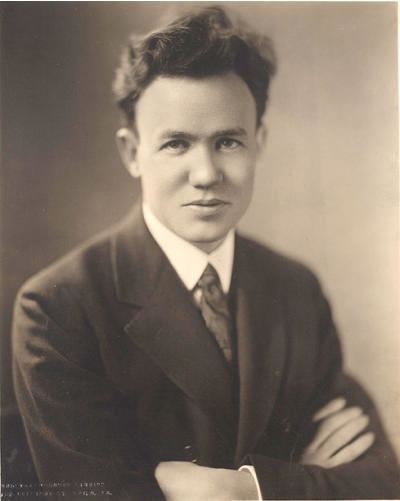Full Name William Kincaid Role Flutist Name William Kincaid | Nationality American Known for Flute, Education | |
 | ||
Spouse(s) Helen Gooding Kincaid(b. 1894, d. 1965) Died March 27, 1967, Philadelphia, Pennsylvania, United States Books The Art and Practice of Modern Flute Technique | ||
William kincaid plays the flute vol1
William Morris "Monty" Kincaid (26 April 1895 – 27 March 1967) was an American flautist and teacher.
Contents
- William kincaid plays the flute vol1
- Griffes william kincaid 1952 poem for flute and orchestra eugene ormandy
- Early life
- Philadelphia Orchestra
- Curtis Institute of Music
- Notable Students
- Platinum flute
- Recordings selection
- References
Griffes william kincaid 1952 poem for flute and orchestra eugene ormandy
Early life
Kincaid was born in Minneapolis but grew up in Honolulu, where he enjoyed diving for pennies in the harbor and learned the breath control that later served him well as a professional flutist.
In 1911, Kincaid went to New York, enrolling simultaneously in Columbia University and the Institute of Musical Art, where he studied flute with Georges Barrère. He received diplomas in 1914 and 1918, and performed in the flute section of the New York Symphony from 1914 to 1919. During World War I, Kincaid served briefly in the United States Navy, after which he returned to the New York Symphony. In 1920, he played solo flute with the New York Chamber Music Society.
Philadelphia Orchestra
After Leopold Stokowski dismissed André Maquarre during a rehearsal in April 1921, Kincaid was offered the principal flute position in the Philadelphia Orchestra, which he went on to hold for 40 seasons. He retired from the Philadelphia Orchestra in 1960 at the mandatory retirement age of 65.
Curtis Institute of Music
In either 1924 or 1928 (sources vary), Kincaid joined the faculty of the newly established Curtis Institute of Music, where his four decades of teaching would have a profound impact on orchestral flute playing in the United States. At Curtis he collaborated with the pianist Vladimir Sokoloff. Sokoloff's daughter Laurie (with Eleanore Sokoloff, also a teacher at Curtis) was a pupil of William Kincaid. The flutist Julius Baker was also student of Kincaid's, and went on to teach another generation of Flutists at Curtis. Through his teaching at Curtis and elsewhere, Kincaid is sometimes referred to as the Grandfather of the American Flute School. At least 40 compositions were dedicated to him, and 87% of all professional flutists living in the United States in 2003 could trace their heritage (through one or more of their teachers) to Kincaid.
Notable Students
Platinum flute
Kincaid's instrument featured a solid platinum body and silver French-style open-hole keys. Originally created for display at the 1939 New York World's Fair, the flute was purchased afterwards by Kincaid. The headjoint sported the Trylon and Perisphere logo, symbol of the 1939 fair, engraved by Verne Q. Powell. The flute was considered so valuable that it remained under armed guard throughout the fair.
Shortly before his death in 1967, Kincaid gifted the flute to his student, Elaine Shaffer. After her own death, the flute was auctioned by Christie's in 1986. The successful bidder was noted chemist, author and art collector Stuart Pivar, who paid $187,000 for the flute. Pivar was accompanied by artist Andy Warhol the day of the auction. Today, the flute resides at the Metropolitan Museum of Art in New York City and is considered the most expensive flute in the world.
